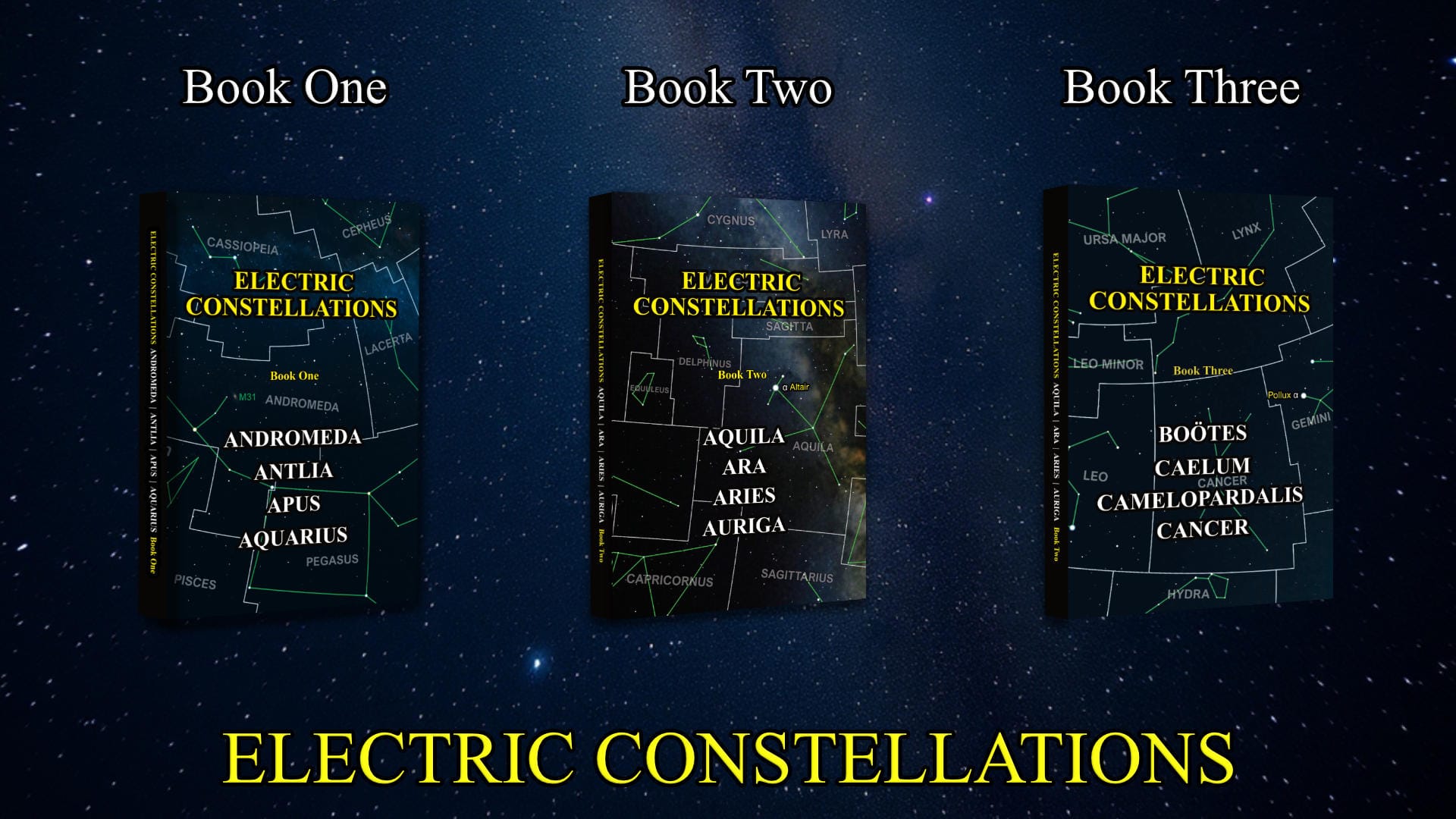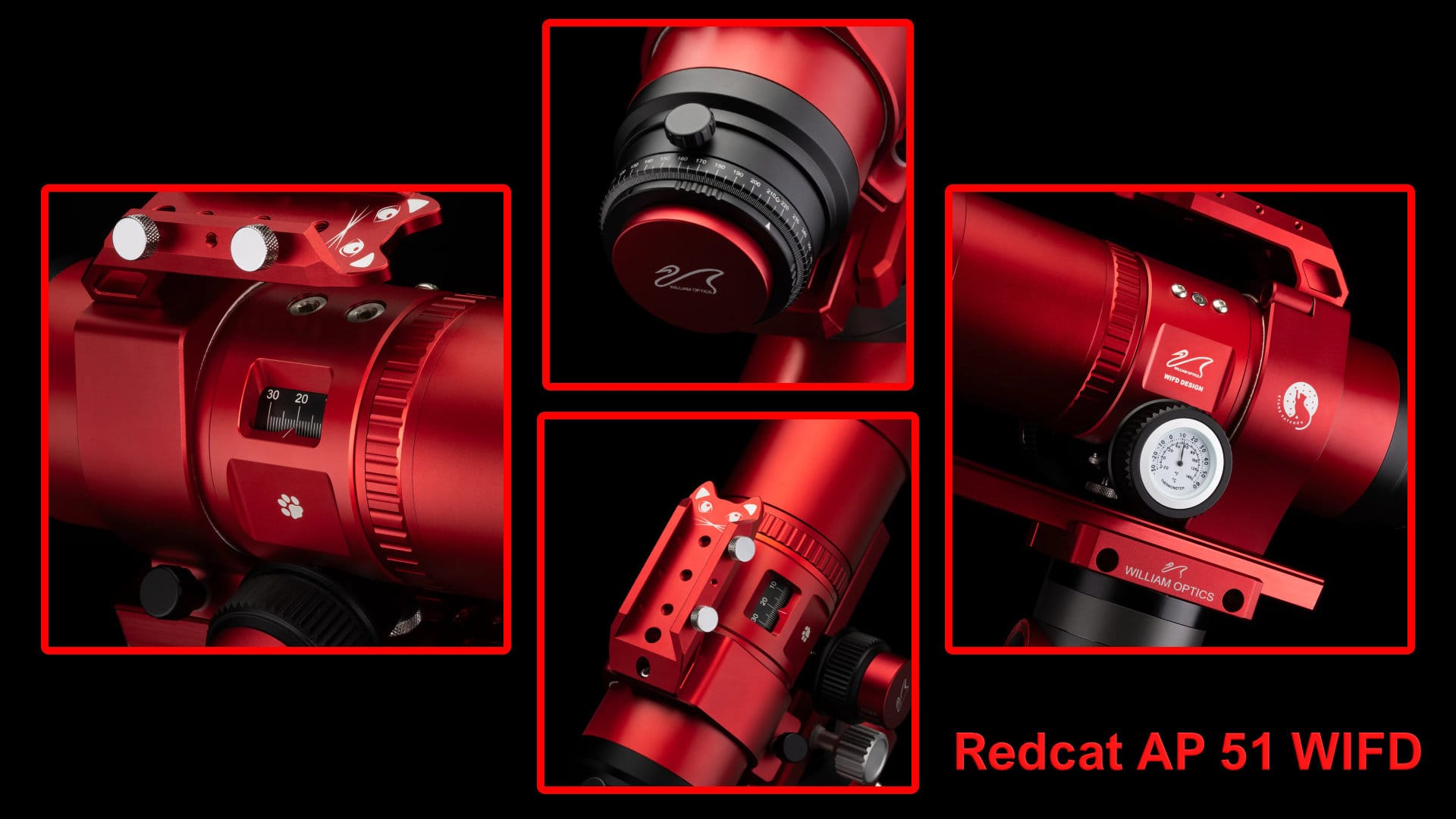Redcat 51 WIFD AP 250 Guide & Key Details
Quick Overview
- Redcat 51 Williams Optics AP 250 WIFD is a compact apochromatic refractor telescope offering exceptional wide-field deep sky imaging capabilities with its 250mm focal length.
- William Optics' innovative Internal Focus Design (WIFD) system eliminates the need for third-party adaptors, providing out-of-the-box electronic focuser compatibility.
- With its portable design weighing under 3.5 pounds, the Redcat 51 is ideal for both home observatories and travel astronomy.
- The f/4.9 aperture and premium optics deliver sharp, high-contrast images with minimal chromatic aberration across the entire field of view.
- Available in striking red or space gray finishes, this telescope combines aesthetic appeal with professional-grade performance for astrophotographers of all experience levels..
The William Optics Redcat 51/250 WIFD has quickly established itself as a favorite among astrophotography enthusiasts seeking premium performance in a compact package. This pint-sized powerhouse delivers impressive optical quality while maintaining exceptional portability, making it suitable for both backyard sessions and remote dark-sky expeditions. Whether you're capturing the delicate structures of nebulae or the sweeping vistas of the Milky Way, this telescope offers the perfect balance of capability and convenience.
With its 51mm aperture and precisely engineered optics, the Redcat delivers impressive light-gathering ability in a remarkably compact form factor. William Optics has refined its manufacturing process to ensure each unit meets stringent quality control standards, resulting in consistently excellent performance across the product line. The internal focusing design represents a significant evolution from previous models, addressing feedback from the astrophotography community while maintaining the beloved characteristics that made the original Redcat a success.
Why the Redcat 51 WIFD AP 250 is a Game-Changer for Astrophotography
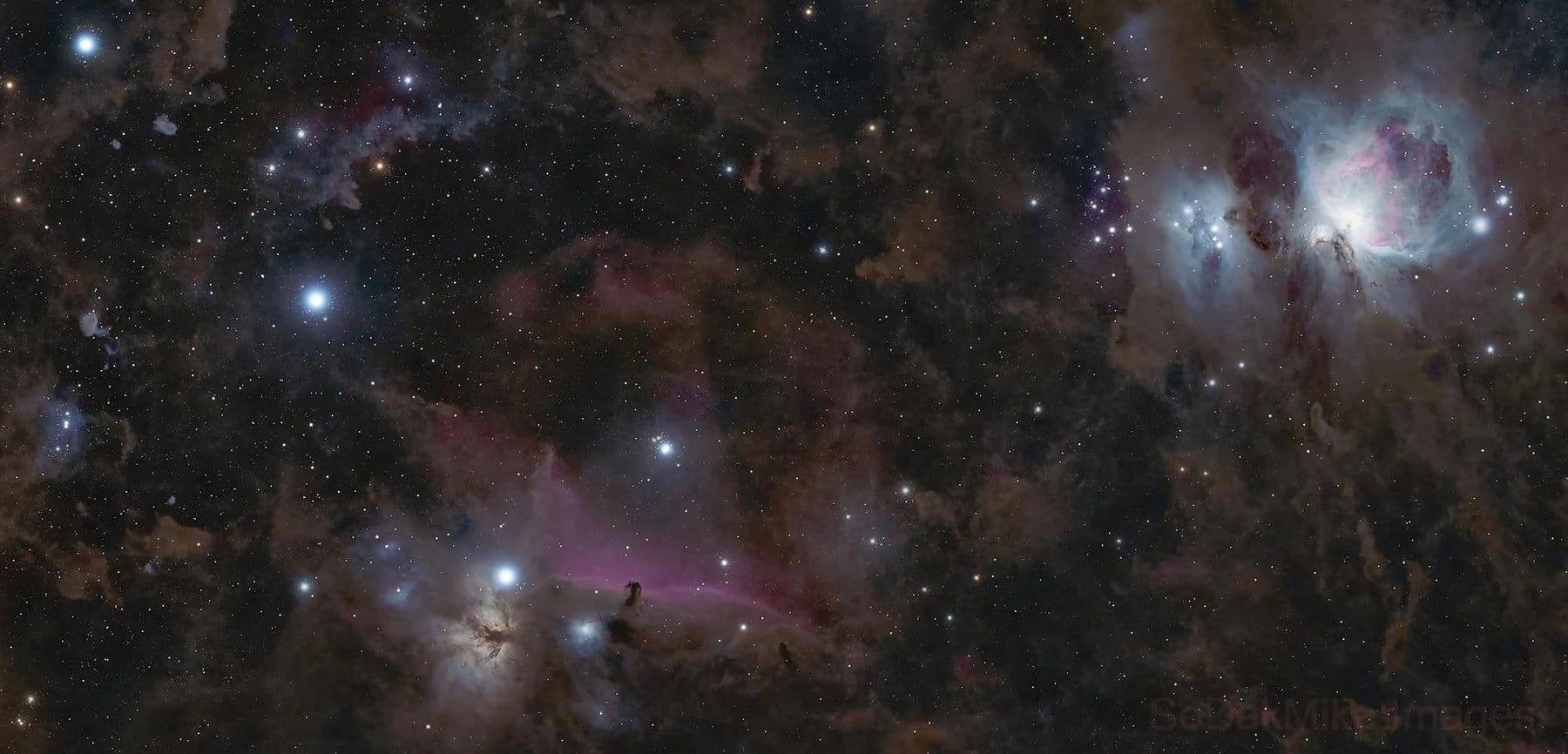
Horsehead Nebula captured by the Redcat 51 AP 250 WIFD refractor
The Redcat 51 250 AP WIFD revolutionizes the astrophotography experience by combining premium optical performance with unprecedented convenience. Unlike traditional telescopes that require extensive setup and alignment, the Redcat's thoughtful design allows photographers to focus on capturing the perfect shot rather than wrestling with equipment. The internal focusing mechanism eliminates image shift during fine adjustments, ensuring your carefully framed celestial targets remain perfectly centered throughout extended imaging sessions. William Optics has effectively addressed the primary pain points experienced by astrophotographers while maintaining the optical excellence that serious imagers demand.
Essential Specifications of the Redcat AP 51/250 WIFD
The Redcat AP 51/250 WIFD boasts impressive technical specifications that make it a standout choice for astrophotography enthusiasts. With an aperture of 51mm and a focal length of 250mm, this apochromatic refractor telescope delivers an incredibly wide field of view perfect for capturing expansive celestial scenes. The f/4.9 focal ratio provides excellent light-gathering capability, allowing for shorter exposure times while maintaining image quality. Its Petzval design incorporates premium ED glass elements that effectively minimize chromatic aberration, resulting in crisp, high-contrast images with accurate color reproduction.
Beyond its optical capabilities, the physical specifications make this telescope exceptionally travel-friendly. Weighing just under 3.5 pounds and measuring approximately 12.5 inches in length, the Redcat 51 can easily accompany you on astronomy trips without adding significant bulk to your gear collection. The precision CNC-machined aluminum body provides durability while maintaining a lightweight profile, with the striking red or space grey anodized finish offering both aesthetic appeal and protection against environmental elements.
Optical Design and Performance
The heart of the Redcat 51's exceptional performance lies in its sophisticated Petzval optical design. This configuration utilizes four elements in three groups, including premium ED (Extra-low Dispersion) glass that effectively controls chromatic aberration – the color fringing that can plague lesser refractor telescopes. The result is remarkably sharp star points across the entire field of view, with minimal optical distortions even at the edges of your images. This level of correction is particularly important for astrophotography, where the unforgiving nature of long-exposure imaging would quickly reveal any optical shortcomings.
What truly sets the Redcat apart is how its optical performance exceeds expectations for its aperture class. The careful implementation of multi-coated optics maximizes light transmission while reducing internal reflections, resulting in higher contrast images with richer detail. Many users report that Redcat's images rival those from significantly larger telescopes, particularly when imaging larger deep-sky objects like nebulae and star clusters. This exceptional performance-to-size ratio makes it an ideal choice for astrophotographers who value both image quality and portability.
Focal Length and Speed
The 250mm focal length of the Redcat 51 positions it perfectly for wide-field deep sky astrophotography. This modest focal length delivers approximately twice the field of view compared to typical 480mm refractors, allowing you to capture expansive nebulae and entire star clusters in a single frame. For context, this focal length combined with a full-frame camera sensor can encompass objects like the entire Andromeda Galaxy or the sprawling North America Nebula with room to spare.
With its f/4.9 aperture, the Redcat 51 strikes an ideal balance between light-gathering capability and optical correction. This relatively fast focal ratio means you'll need shorter exposure times to achieve adequate signal, making it easier to gather data even under less-than-ideal sky conditions. The moderate speed also helps maintain excellent star shapes across the field while minimizing the coma and field curvature issues that can plague ultra-fast optical systems. For many targets, exposure times of 1-3 minutes per sub-frame will yield impressive results, especially when using modern CMOS astronomy cameras.
Size and Portability Features
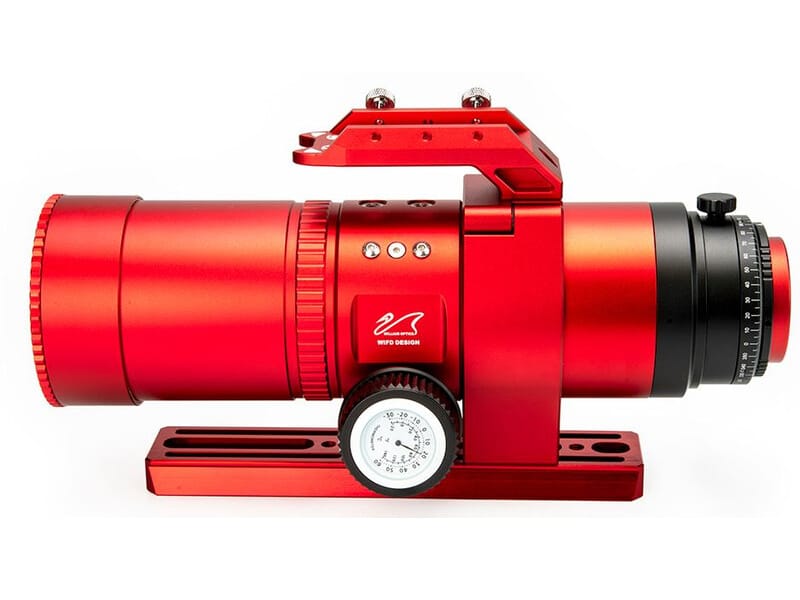
Perhaps one of the most appealing aspects of the Redcat 51 WIFD is its remarkable portability. Measuring just 12.5 inches in length and weighing under 3.5 pounds, this telescope can easily fit into a standard backpack or carry-on luggage. The compact form factor makes it ideal for traveling to dark sky locations or setting up quickly for impromptu imaging sessions. Despite its small size, the build quality remains exceptional, with no compromises made to structural integrity or optical alignment stability.
The integrated retractable dew shield further enhances the telescope's portability while providing essential protection against condensation on the objective lens. When collapsed, this feature reduces the overall length for transport; when extended, it shields the optics from stray light and helps maintain thermal stability. The thoughtfully designed carrying case included with the Redcat offers padded protection during transport while keeping all accessories organized and readily accessible.
WIFD Focusing System Explained
The William Optics Internal Focus Design (WIFD) represents a significant advancement for the Redcat series. This sophisticated focusing mechanism moves optical elements inside the telescope body rather than extending the barrel, delivering several crucial advantages. Most notably, the WIFD system provides out-of-the-box compatibility with electronic focusers without requiring third-party adapters or modifications. This streamlined approach allows for precise computer-controlled focusing during long imaging sessions, essential for compensating for the subtle focus shifts that occur with temperature changes throughout the night.
Beyond electronic focuser compatibility, the internal focusing design maintains better balance throughout the focusing range since the center of gravity remains relatively constant. This stability is particularly valuable when using heavier camera setups, as it prevents unexpected shifts in telescope orientation during critical focusing operations. The precision-machined helical focuser provides exceptionally smooth and precise manual focusing action with zero image shift, allowing for repeatable, accurate focus positioning down to micron-level adjustments.
What's in the Box: Complete Accessories Breakdown
The Redcat 51 WIFD comes impressively equipped right out of the box, with William Optics providing a comprehensive accessory package that enhances both functionality and value. Every component has been thoughtfully designed to complement the telescope's capabilities while maintaining the premium quality standard that runs throughout the entire system. From essential imaging accessories to protective equipment, the included items ensure you'll be ready to begin your astrophotography journey with minimal additional purchases.
Bahtinov Focusing Mask
Achieving perfect focus is critical in astrophotography, and the included Bahtinov focusing mask makes this process remarkably straightforward. This ingenious device fits securely over the front aperture of the Redcat, creating a distinctive diffraction pattern around bright stars when viewed through your camera's live view. By centering the middle spike precisely between the outer spikes, you can achieve perfect focus with exceptional accuracy. The mask's construction matches the premium quality of the telescope itself, with precision-cut slots and a secure fit that prevents unwanted movement during use.
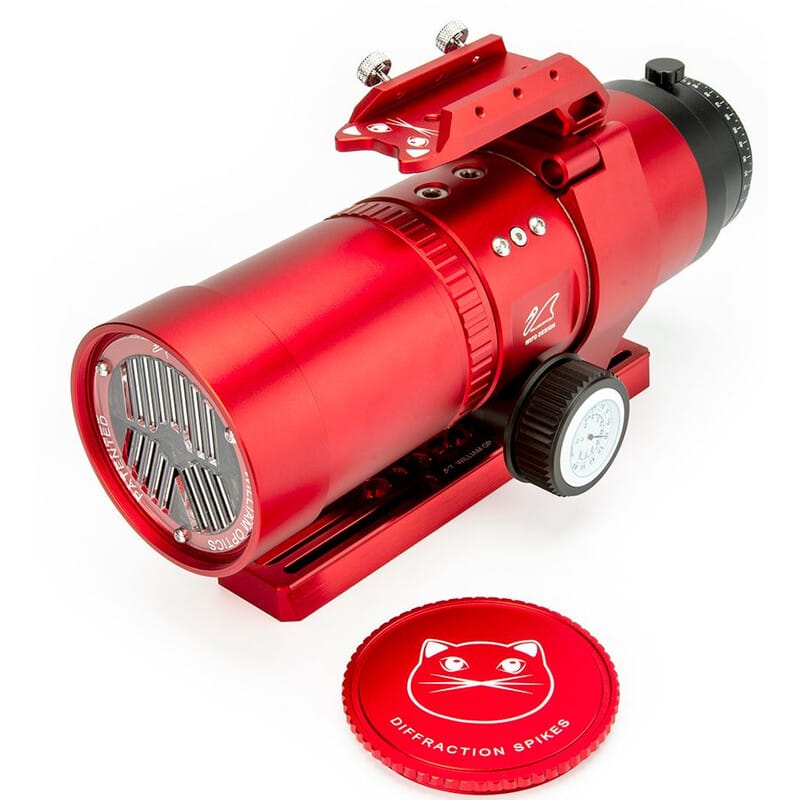
The particular implementation of the Bahtinov mask for the Redcat 51 features an easy-grip design that allows for quick attachment and removal, even while wearing gloves in cold weather conditions. Its durable construction ensures it will withstand years of regular use without degradation of the critical diffraction pattern. The mask stores conveniently in the included carrying case, ensuring it's always available when needed yet protected during transport.
Maintenance Tips to Protect Your Investment
Proper maintenance of the Redcat AP 51/250 WIFD is essential for preserving its optical performance and mechanical integrity for years to come. Unlike larger telescope systems that may require extensive maintenance routines, the Redcat's sealed optical tube assembly significantly reduces the need for internal cleaning or collimation. However, regular external care is still necessary, particularly after sessions in humid or dusty environments. Establishing a simple post-observation routine will ensure your telescope remains in peak condition.
The anodized aluminum body provides excellent protection against corrosion, but it's still advisable to wipe down the exterior with a clean, dry microfiber cloth after each use. Pay special attention to the focusing mechanism, as dust particles can gradually affect its smooth operation. For longer trips or extended storage periods, consider using silica gel packets in your storage case to control moisture levels and prevent fungal growth on optical surfaces.
Cleaning the Optics Safely
The multi-coated objective lens of your Redcat 51 requires special care when cleaning. Before attempting any cleaning, use a photography-grade blower bulb to remove loose dust particles from the lens surface. For more stubborn debris, very gently brush the surface with a clean camel-hair lens brush, moving in a circular motion from the center outward. If smudges or fingerprints persist, only then should you proceed to wet cleaning, using a lens-specific solution and optical-grade microfiber cloth.
Apply the solution to the cloth rather than directly to the lens, and use gentle, straight strokes from center to edge without applying pressure. Remember that aggressive or frequent cleaning can gradually degrade the delicate anti-reflection coatings, so only clean when absolutely necessary.
Storage Recommendations
How you store your Redcat 51 between observing sessions significantly impacts its longevity. The included carrying case provides excellent protection during transport, but for long-term storage, consider keeping the telescope in a climate-controlled environment with stable temperature and humidity.
Avoid storing the telescope in garages, attics, or basements where temperature fluctuations and humidity can be extreme. Always attach the included dust caps to both the objective lens and the camera adapter side when not in use. For extended storage periods, consider loosening the tension on the focuser slightly to relieve pressure on the mechanism, but never leave it completely loose as this could allow components to shift during storage.
Tension Screw Warnings and Best Practices
The tension adjustment screws on the Redcat 51's focuser mechanism require particular attention to prevent damage. These small hex screws control the resistance of the focusing action and help maintain your camera's position. When adjusting tension, always use the appropriately sized hex key and make small, incremental adjustments rather than dramatic changes. Over-tightening can damage the internal mechanism, while insufficient tension may allow heavier camera setups to slip out of focus.
The optimal tension setting should provide smooth resistance throughout the focusing range while firmly supporting your imaging equipment. If you notice any grinding or uneven resistance during focusing, immediately stop and check your tension settings before proceeding.
Take Your Astrophotography to New Heights with the Redcat 51
The William Optics Redcat AP 51/250 WIFD represents the perfect balance of optical performance, portability, and value for astrophotographers seeking to capture the wonders of the night sky. Its exceptional wide-field capabilities, combined with the innovative WIFD focusing system, make it an ideal choice for both beginners and experienced imagers looking to expand their equipment arsenal.
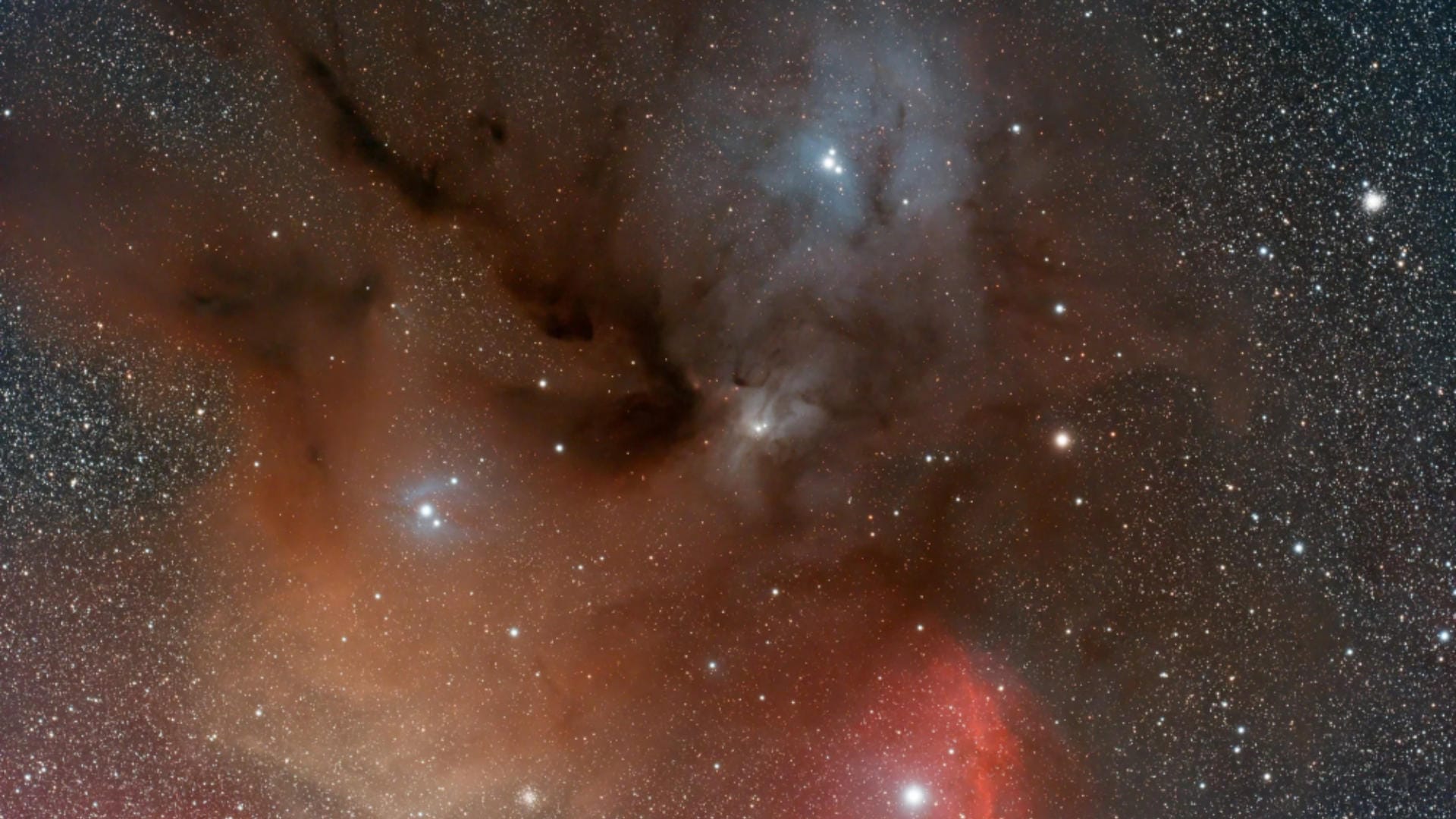
IC 4603 nebula in Ophiuchus captured using the Redcat 51 refractor
Whether you're capturing the delicate structure of distant nebulae or the sweeping expanse of the Milky Way, the Redcat 51 delivers professional-quality results in an incredibly convenient package. For those seeking to elevate their astrophotography experience without the bulk and complexity of larger systems, William Optics has created a truly remarkable instrument that continues to set the standard in its class.
FAQs
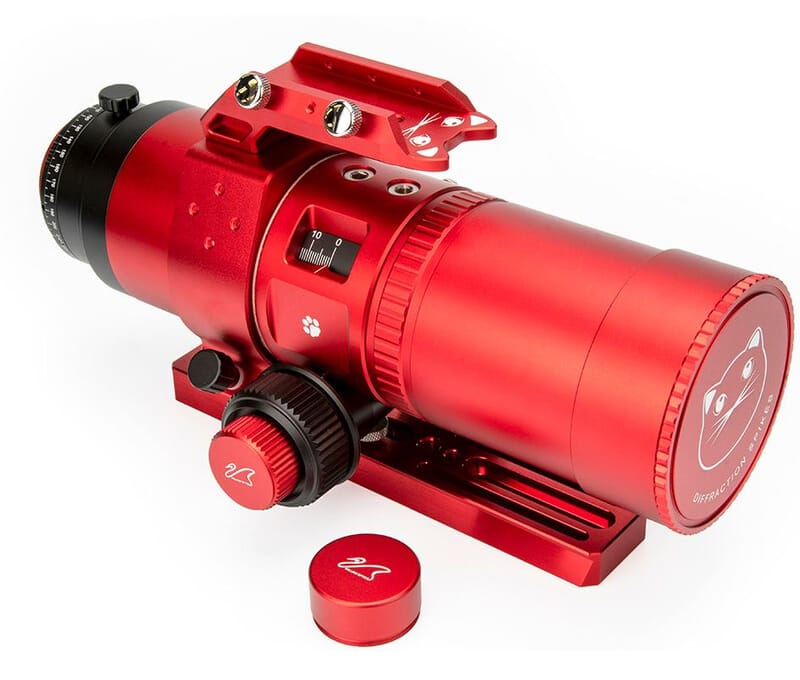
Pro Tip: When setting up your Redcat 51 for the first time, spend extra time ensuring your camera is perfectly square to the optical axis. This careful alignment will produce the most even star shapes across your entire field of view. Use the adjustment screws on the camera adapter to achieve optimal alignment before beginning your imaging session.
Since its introduction, the Redcat AP 51/250 WIFD has generated significant interest among astronomy enthusiasts. The following questions address the most common inquiries we receive about this innovative telescope. Understanding these aspects will help you maximize your experience and avoid common pitfalls when using the Redcat 51.
Many astrophotographers also inquire about potential upgrades and accessories that complement the Redcat's capabilities. While the telescope comes well-equipped out of the box, certain additions can enhance your imaging experience depending on your specific targets and equipment configuration. The answers below also address compatibility concerns to ensure your existing gear works seamlessly with this telescope.
What cameras are compatible with the Redcat AP 51/250 WIFD?
The Redcat AP 51/250 WIFD offers exceptional versatility in camera compatibility. It accommodates DSLR and mirrorless cameras via standard T-ring adapters, as well as dedicated astronomy cameras with 2-inch or T-thread connections. The substantial 44mm image circle easily covers full-frame sensors without vignetting, though APS-C and Micro Four Thirds sensors will also produce excellent results with an effectively longer focal length due to the crop factor.
For the best performance with DSLRs, consider using models that offer a "live view" mode with focus magnification to achieve perfect focus. Astronomy-specific cameras from manufacturers like ZWO, QHY, and Atik integrate seamlessly, often producing the best results for deep-sky imaging due to their superior sensitivity and cooling capabilities.
How does the WIFD focusing system differ from standard focusers?
The William Optics Internal Focus Design (WIFD) represents a significant advancement over standard rack-and-pinion or Crayford-style focusers typically found on refractor telescopes. Rather than moving the entire drawtube outward during focusing, the WIFD system adjusts elements within the optical path while maintaining a fixed tube length. This design eliminates image shift during focusing—a common problem with traditional systems—and maintains better balance regardless of focus position.
The most significant practical advantage is its native compatibility with electronic focus motors without requiring additional brackets or adapters. The focusing mechanism provides approximately 8mm of travel, which is precisely calibrated to accommodate the full range from close focus to infinity while offering exceptional fine adjustment capability for critical astrophotography applications.
Can the Redcat 51 be used for visual astronomy as well as photography?
While primarily designed for astrophotography, the Redcat 51 can certainly be used for visual observation with the appropriate accessories. By adding a star diagonal and eyepieces (sold separately), you can transform this imaging powerhouse into a capable visual instrument, particularly for wide-field views of larger deep-sky objects like the Pleiades, Andromeda Galaxy, or North America Nebula.
The 51mm aperture limits light-gathering compared to larger telescopes, so expectations should be adjusted accordingly—faint deep-sky objects will appear as subtle grey patches rather than the colorful images captured in long-exposure photography. The telescope's excellent optical quality still provides crisp, high-contrast views of brighter targets, making it a suitable dual-purpose instrument for both imaging and casual visual observation. For serious visual astronomy, however, a dedicated larger-aperture telescope would be more appropriate.
What is the weight limit for camera equipment on the Redcat 51?
The Redcat 51 WIFD's robust focusing mechanism can reliably support imaging equipment weighing up to approximately 5 pounds (2.3 kg) when properly balanced and with appropriate tension adjustment. This capacity easily accommodates most DSLR cameras with standard lenses, as well as dedicated astronomy cameras with filter wheels and small guide scopes. For heavier setups approaching this limit, it's advisable to utilize the tension adjustment screws to prevent focus shift during long exposures.
When mounting near the weight limit, ensure your equatorial mount is appropriately rated to handle the combined weight of the telescope and imaging train while maintaining accurate tracking. If you plan to use particularly heavy equipment, consider adding the optional William Optics mounting rings, which provide additional stability and mounting options.
Does the SpaceCat edition include any different accessories?
The SpaceCat edition (space grey finish) of the Redcat 51 WIFD includes functionally identical accessories to the standard red version, with the only differences being cosmetic. Both editions come with the Bahtinov focusing mask, dual mounting plate system, custom carrying case, and necessary adapter rings. The distinctive space grey anodizing of the SpaceCat provides a more subdued aesthetic that some astrophotographers prefer for nighttime use, as it's less visually intrusive at dark sites.
Occasionally, William Optics releases limited edition versions with special commemorative engravings or additional accessories, but the core optical and mechanical specifications remain consistent across all variants. The choice between standard Redcat and SpaceCat editions ultimately comes down to personal preference regarding appearance rather than any functional difference.
Understanding these key aspects of the Redcat AP 51/250 WIFD will help you maximize your experience with this exceptional instrument. From camera compatibility to maintenance best practices, proper knowledge ensures you'll capture breathtaking images of the cosmos with minimal frustration and optimal results. As with any precision optical instrument, careful handling and appropriate use will preserve your Redcat's performance for many years of astronomical enjoyment.
William Optics continues to support the astrophotography community with regular firmware updates for electronic focuser compatibility and expanded accessory options that enhance the versatility of the Redcat 51. For the latest developments and community-shared images, be sure to visit their official website and join the active user forums dedicated to this remarkable telescope.
REDCAT 51 Video
Challenge the standard model—explore the cosmos through the Electric Universe Theory. These Electric Constellations books contain full-color, data-rich investigations of four constellations each. They're not a beginner's star guide—they're a serious work for independent thinkers, astronomers, and scientifically literate readers seeking to understand the Universe beyond conventional gravity-based interpretations.
Each constellation is examined in detail, with attention to its Bayer-designated stars, mythological origins, meteor showers, and bordering constellations. In-depth profiles of deep-sky objects—including galaxies, planetary nebulae, and star clusters—are paired with high-resolution imagery from the Webb and Hubble space telescopes, delivering both scientific clarity and visual impact.
Central to this series is the Electric Universe (EU) model, which proposes that electromagnetic forces—not gravity alone—govern much of the structure and behavior of the cosmos. Rather than treating this as speculative fringe, the book frames the EU model as an evidence-based, plasma-physics-informed alternative to the standard cosmological narrative.
Inside each volume:
- Comprehensive coverage of four distinct constellations
- Analyses of deep-sky objects in the EU context
- Original commentary on plasma discharge features and Z-pinch configurations
- Mythological and historical context without romantic embellishment
Written for readers who demand more than rote repetition of gravitational dogma, Electric Constellations opens a new observational and theoretical frontier—where stars light by electrical currents, not fusion, and where structure emerges from plasma dynamics, not dark matter.
Whether you are an amateur astronomer, electrical engineer, or astrophysicist curious about alternative models, these books deliver a rigorous and visually stunning exploration of the night sky—illuminated by a very different current.
